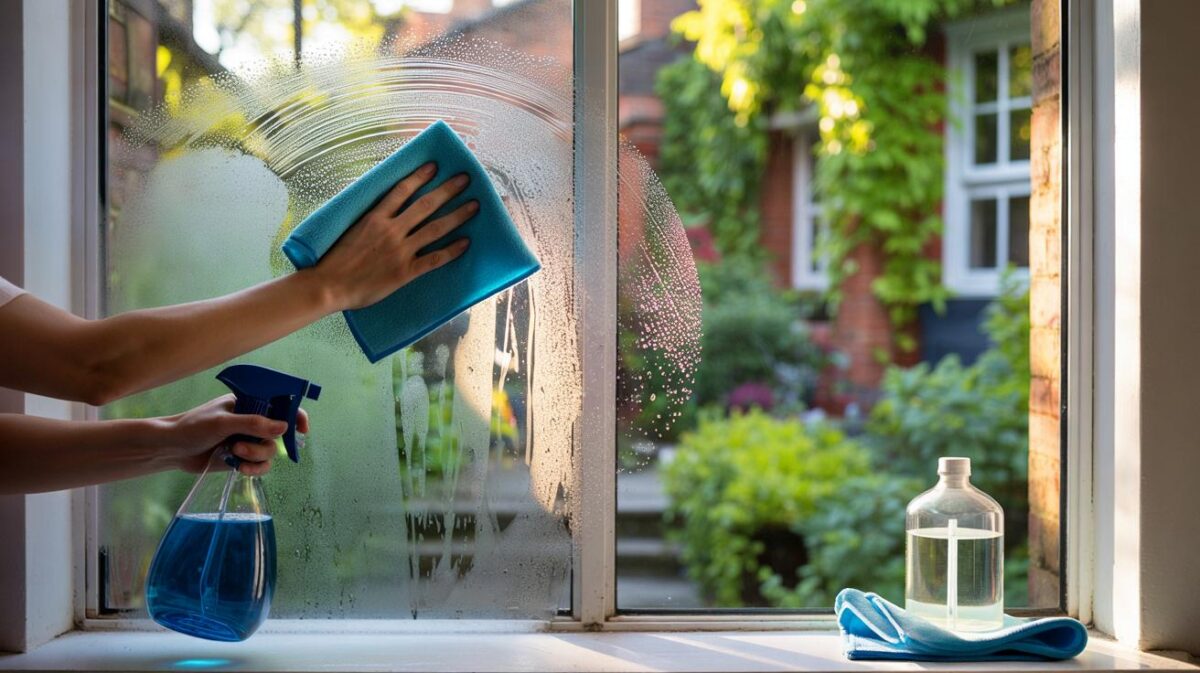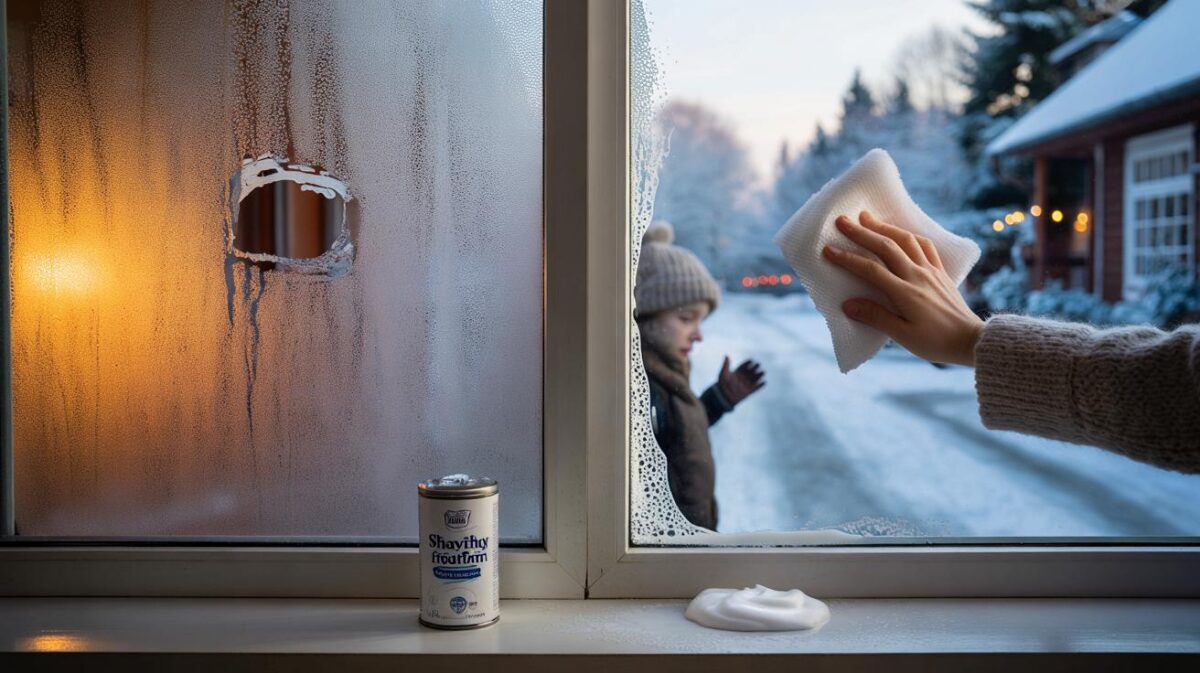From sideboards to jewellery boxes, people across Britain are reaching for foil, hot water and bicarbonate of soda. The method promises a fast turnaround, low cost and fewer harsh chemicals, and it is spreading via word of mouth as households eye pre-Christmas spruce-ups and post-carboot finds.
How the 15-minute foil trick works
Silver tarnish is mostly silver sulphide. When silver touches aluminium in a hot, mildly alkaline salty solution, a redox reaction shifts the sulphur away from the silver and on to the aluminium. The silver regains its shine without abrasive rubbing.
Hot water, aluminium and bicarbonate form a simple galvanic setup that converts silver sulphide back to silver in 10–15 minutes.
Call it kitchen chemistry rather than true electrolysis. No external current flows. Instead, aluminium acts as the more reactive metal, and the dissolved salts carry ions between surfaces. You might notice a faint sulphurous odour and a soft fizz as the reaction runs.
What you need at home
- Aluminium foil: enough to line a bowl (shiny side up is fine).
- Bicarbonate of soda: 2 tablespoons, about 30 g.
- Fine salt: 1 tablespoon, about 15 g.
- Near-boiling water: 500 ml per batch.
- Non-metal container: glass or ceramic bowl or tray.
- Tongs or a slotted spoon, plus a soft microfibre cloth.
You can run the method with salt alone. It works more slowly. Some households use washing soda instead of bicarbonate; it is stronger, so take care with glued stones.
Step-by-step: 15 minutes to shine
- Line a glass or ceramic bowl with foil, shiny face up. Press it flat so the silver can make firm contact.
- Pour in 500 ml near-boiling water. Add 2 tbsp bicarbonate and 1 tbsp salt. Stir until dissolved.
- Place the silver so it touches the foil. Keep pieces from stacking. Contact drives the reaction.
- Leave for 10–15 minutes. You may hear faint crackles. Lift to check progress after 8 minutes.
- Rinse with warm water. Dry at once with a soft cloth to stop water spots.
- Repeat once for heavy tarnish. Use a soft brush for crevices, not pressure.
Why heat matters
Heat speeds the ion exchange. Very hot water helps salts dissolve and encourages tarnish to shift quickly. Do not boil fragile pieces. Aim for water just off the boil for tableware; go a little cooler for delicate jewellery.
What to clean and what to avoid
| Item | Use the foil method | Notes |
|---|---|---|
| Sterling silver cutlery, trays, candlesticks | Yes | Works well on broad surfaces and mild to heavy tarnish. |
| Solid silver jewellery without stones | Yes | Shorter soak, check at 5–7 minutes. |
| Silver-plated items | With caution | Thin plating can lift if overexposed or if plating is already worn. |
| Gem-set jewellery (pearls, opals, turquoise) | No | Porous stones and glued settings can suffer. Wipe only. |
| Oxidised or patinated finishes | No | The method may remove intentional dark accents. |
| Stainless steel cutlery | Not needed | Stainless does not tarnish like silver. |
Skip this method for silver plate with wear, glued-in gems and pieces with deliberate dark patina. When in doubt, test a tiny spot.
Costs, time and the greener angle
A tub of commercial silver polish can cost £5–£12 and often contains ingredients that need careful handling. The foil method uses pence-worth of pantry goods and tap water, and avoids abrasive rubbing that can thin soft silver over time.
Typical batch costs: around 30 g bicarbonate (about 10p), 15 g table salt (1p), 0.5 litre of heated water (roughly 0.06 kWh; at 28p/kWh, about 2p). You are under 15p per bath, plus a scrap of foil. Many households reuse the same foil for several runs before disposal.
Time is predictable. A set of six place settings may need two baths. Allow 15 minutes per bath, plus drying time. You can clean and dry a family set in under an hour.
Risks, fixes and expert tips
- Keep contact: the silver must touch the foil. No contact, no reaction.
- Do not over-soak. Once the tarnish lifts, rinse and dry. Long soaks can dull soft finishes.
- Mind stones. Avoid pearls, coral, opals, turquoise and anything glued. Water and alkalinity can weaken adhesives.
- Watch for plating. If you see coppery tones, plating is thin or gone. Stop and seek advice.
- Ventilate. A faint sulphur smell is normal. Open a window if your kitchen is small.
- Dry thoroughly. Trapped moisture invites fresh tarnish and water marks.
- For crevices, use a soft brush lightly. Do not scrub. Let chemistry do the work.
Keep tarnish away longer
Store silver dry. Use anti-tarnish strips or cloth bags. Slip silica gel sachets into drawers. Wrap seldom-used pieces in acid-free paper. Avoid rubber bands and latex. They release sulphur and accelerate tarnish.
Wear plain silver jewellery often. Friction and air flow keep surfaces bright. Keep it away from bleach, hair spray and perfumes. After use, rinse, dry and pop pieces into small resealable bags with an anti-tarnish tab.
A quick kitchen simulation
Scenario: you inherited 24 sterling forks and spoons. You line a baking dish with foil, heat 1 litre of water, stir in 4 tbsp bicarbonate and 2 tbsp salt, and split the set into two batches. Each batch sits 12 minutes, then you rinse and dry for 10 minutes. Total time: about 44 minutes. Ingredient cost: under 30p. Energy: roughly 0.12 kWh, near 3p at 28p/kWh. A tube of polish would cost more, take longer with rubbing, and remove a trace of metal each pass.
When to seek a jeweller
Hand engraving, split seams, loose handles and heat-sensitive inlays need professional judgment. If a piece carries hallmarks from a known maker, ask for advice before any home treatment. A jeweller can clean safely and reapply patina where style demands contrast.
Foil cleaning sits well alongside occasional professional care. Use it for routine refreshes every 3–6 months on solid silver. For special pieces, book a check-up, then adopt better storage and shorter home baths to maintain the finish without risk.








